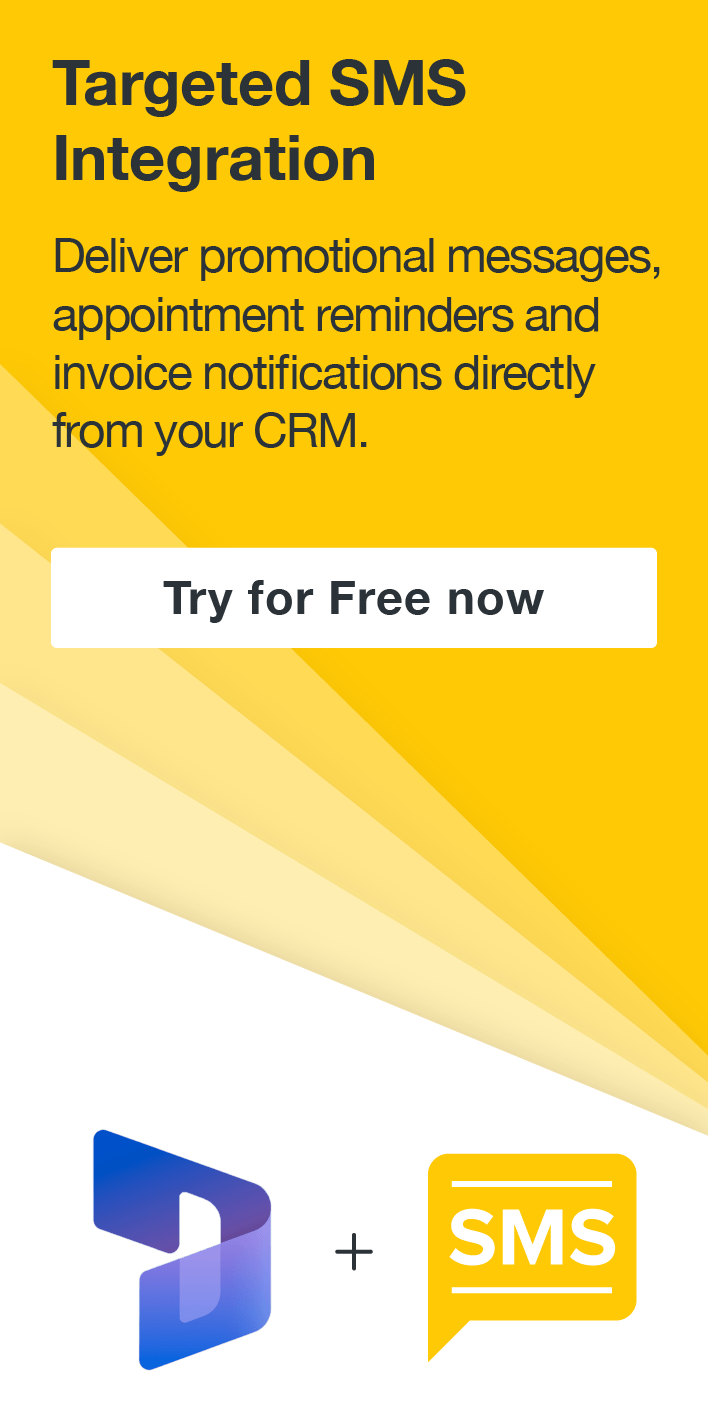Pricing Products – Part 9 – Customer Specific Price Lists
Colin Maitland, 24 September 2012
In this series of blogs I have been writing about pricing products using the features of the Microsoft Dynamics CRM 2011 Product Catalog. In this blog I will be writing about Customer specific Price Lists.
Customer specific Price Lists may be used to define specific prices and/or specific products and services.
I will be using an example of a telemarkerting service, provided to Customers, for which special or reduced pricing is provided to Not for Profit organisations using a Customer specific Not For Profit Telemarketing Price List.
.png)
Price Lists may be associated with Customers (Accounts and Contacts) using the Price List field on the Account or Contact record. Refer to the previous screenshot.
If you set the Price List for an Account and then subsequently add a new Contact directly to the Account, using Add New Contact on the Contact Associated View ribbon bar, the Price List on the new Contact will default to the same Price List as that on the parent Account.
In the same way, if you set the Price List for an Account or Contact, and then subsequently add a new Opportunity directly to the Account or Contact, using Add New Opportunity on the Opportunity Associated View ribbon bar, the Price List on the new Opportunity will default to the same Price List as that set on the parent Account or Contact. This is shown in the following screenshots:
.png)
.png)
If you take a closer look at the screenshot, you will see that, as well as providing the Not for Profit Telemarketing Price List specific pricing for a service called Telemarketing Calls 1000, a discount of $500 has has also been added using the Discount field on the Opportunity, thus reducing the price for this service and Not for Profit Customer from $3,000 to $2,500.
.png)
Another way to think of this is to regard the association of the ‘Not for Profit Telemarketing Price List’ to specific Customers as a means by which a generic company pricing policy to provide special or reduced pricing to selected Customers has been applied. In addition to this, the Opportunity Discount field has been used to adjust the pricing further by applying an additional Opportunity specific discount.
In those cases where a Customer does not have a Price List associated with them, or the Opportunity has not been created directly from the Customer record, the Price List for the Opportunity will normally default to blank. This is shown in the following screenshot which shows an example of an Opportunity created for a Customer that does not have an associated Customer specific Price List:
.png)
In this case a Price List needs to be manually selected for the Opportunity before any non-Write-In Products may be added. The following screenshot shows an example where the Price List has been manually selected and a Product has then been selected from the Price List:
.png)
In conclusion, Price Lists may be associated with specific Customers using the Price List field on the Customer record. When Opportunities are created directly from these Customer records, the Opportunity will default to the Price List selected for the Customer rather than defaulting to no Price List.
Customer specific Price Lists may be specific to a group of selected Customers that share common attributes such as all Not for Profit Customers, or may be specific to a single selected Customer. For example, a business may use a specific Price List for its main Customer that generates the bulk of its business and use difference Price List(s) for all other Customers.
Customer specific Price Lists may be used to provide Customer specific pricing and/or to provide Customer specific lists of products or services. I.e. Price Lists may differ not just in terms of pricing but also in terms of the actual products and services they contain. Therefore a Price List may be used to define which particular products and services a Customer is entitled to.
In my next blog I will write about the use of Campaign specific Price Lists and how these relate to Customer specific Price Lists.

